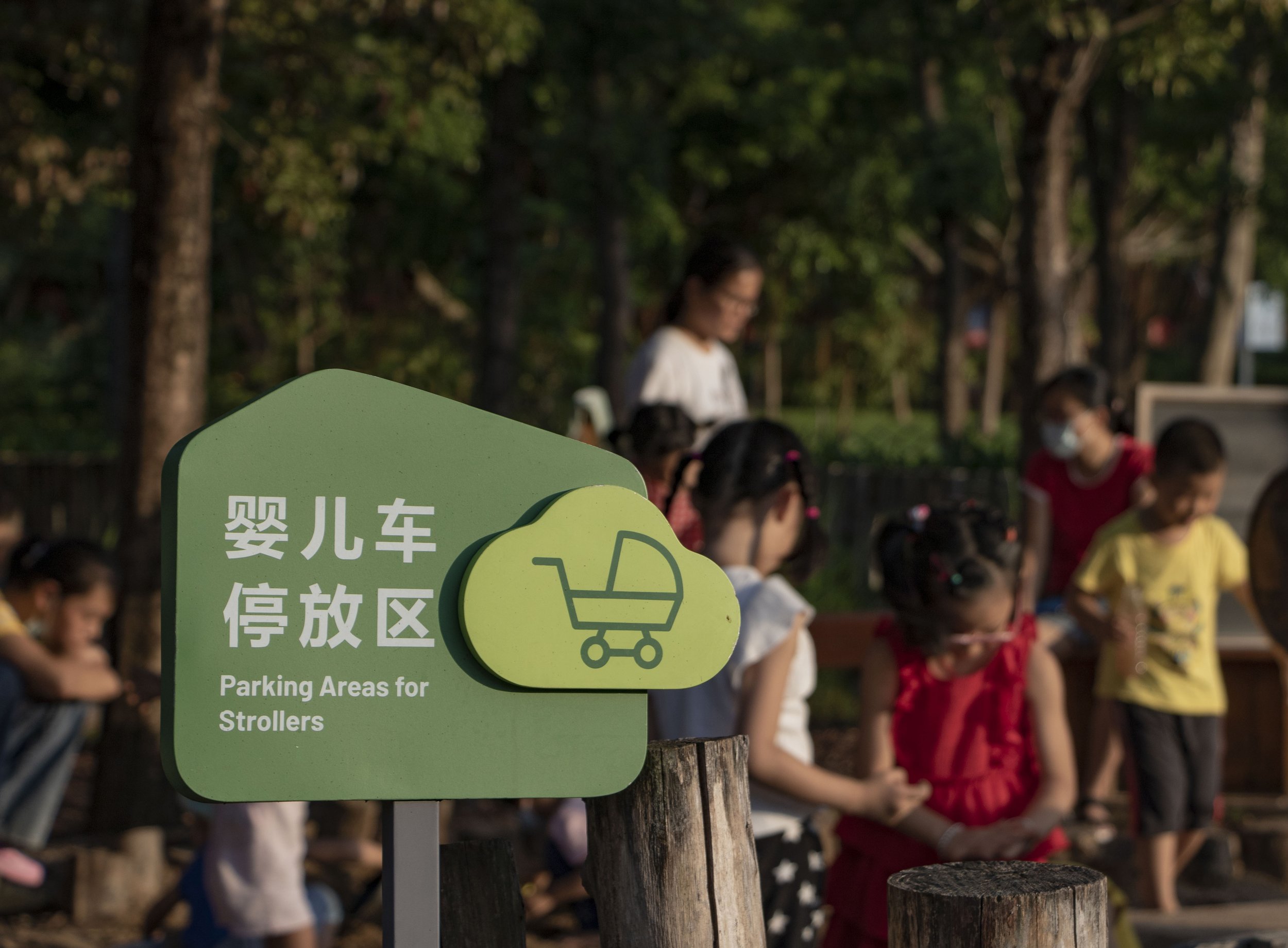Wayfinding system that helps human find their position within the ecosystem
Shenzhen is a mega-city known for its modern landscape, and is less known for its value in the global ecosystem. The Futian Mangrove Eco-Park looks like any other city park at first glance, but it serves the important function as a transition between a mangrove conservation area and the buzz of the city. Because of this, the park provides unique opportunities for sighting rare migratory birds, but it has also strict rules forbidding humans from doing certain park activities such as kite flying and bird feeding.
The park is currently managed by the Mangrove Conservation Foundation (MCF), a non-profit dedicated to mangrove conservation and education. After taking over management, the MCF has discovered that most park goers had very little knowledge of the park’s ecological value, and it saw this as an opportunity to tell the park’s story in the larger context of the global ecosystem. In 2020, the MCF invited my team to redesign the wayfinding system in the park.
The original signage in the park had many inconsistent styles (they presented a collage of all past signage decisions) and they did not speak for the uniqueness of the park. We decided to make it an opportunity to re-narrate the position of a human city dweller in co-habitation with other species in the city. The new narrative consisted of 4 messages, each inviting the human for a deeper involvement with the ecology of the park. These messages were delivered to the park goers with the new wayfinding system throughout the park.
Expanding from the question of “where am I”, the wayfinding system unfolds the answers to 4 questions: Where am I? What’s unique here? What is the correct behavior? How can I help build it better?
For the visual system, we used large minimal organic shapes that fit in with the outlines of trees and contrasted with the straight edges of the skyscrapers in the far background. And we used a minimized key hole shape as the identifying symbol, as it symbolized the birds eye view shape park and also mangroves as a key in protecting our ecosystem.
Photo by Daiying Yang
Photo by Daiying Yang
Photo by Daiying Yang
Photo by Daiying Yang
Warning signs reminding humans to take responsible action are extremely important in this park. We had many discussions to make them elegant yet effective, and we finally decided to add a sense of humor with both icon and texts. Bright red warning sights are not common for parks in China, but being consistent with our key shapes, these signs were both noticeable and in harmony with the park.
The new wayfinding system were installed in the fall of 2020, and expanding on its guidelines, more details were added in 2021.
Photos by Daiying Yang
Design lead: Linda Tan
Visual design: Daiying Yang, Linda Tan
Research: Daiying Yang, Huanya Ruan













